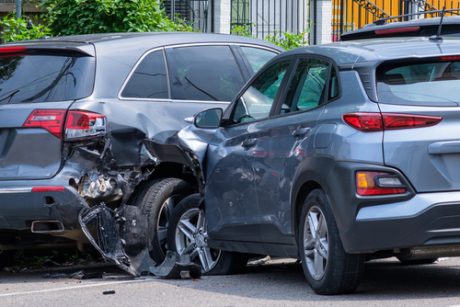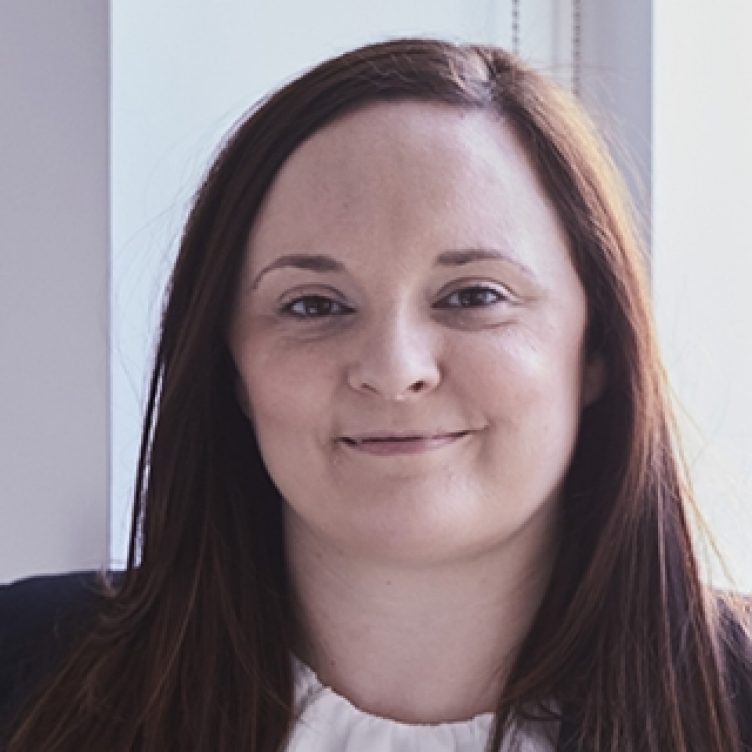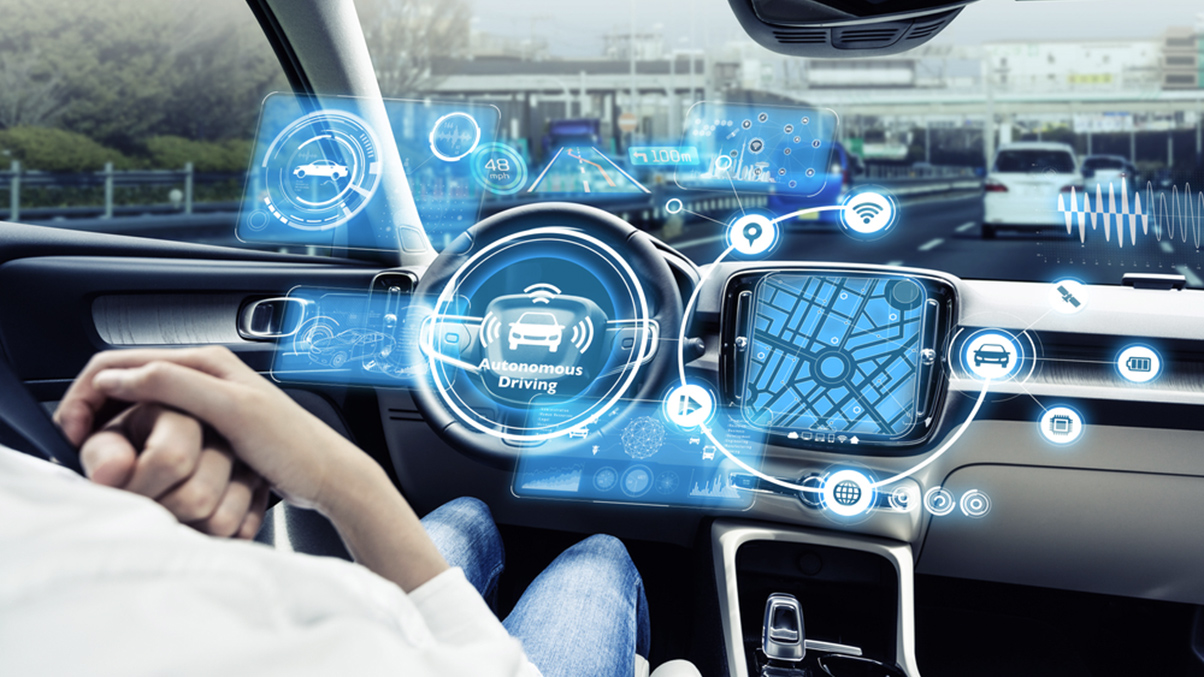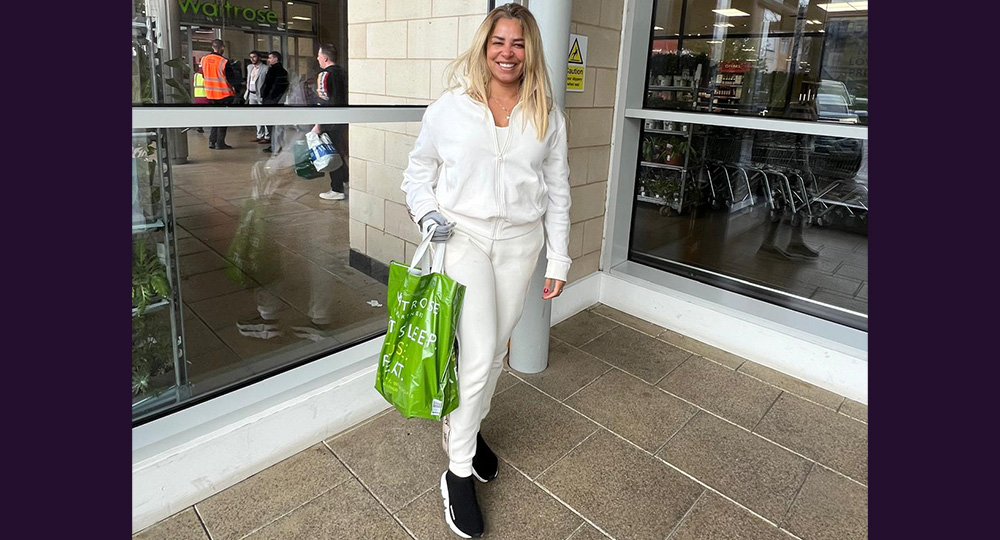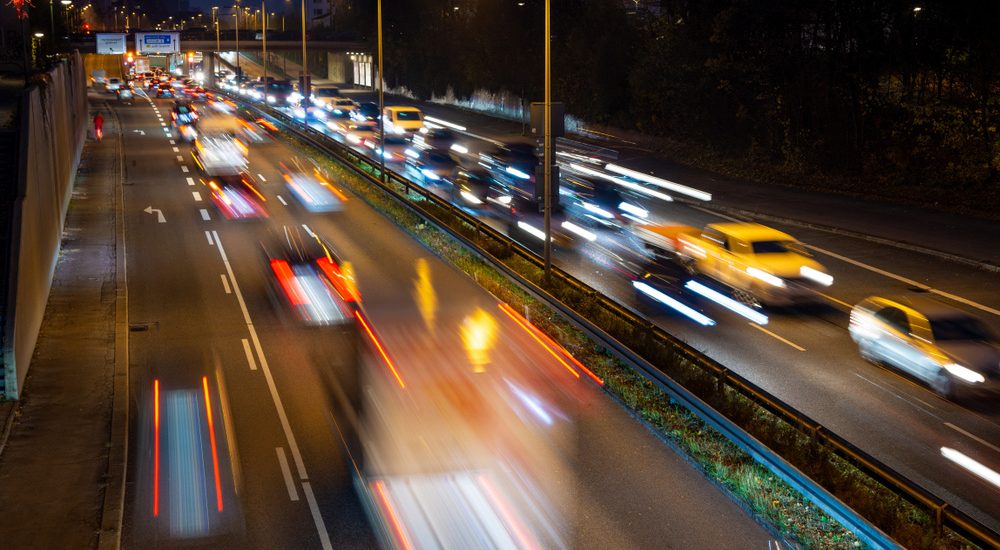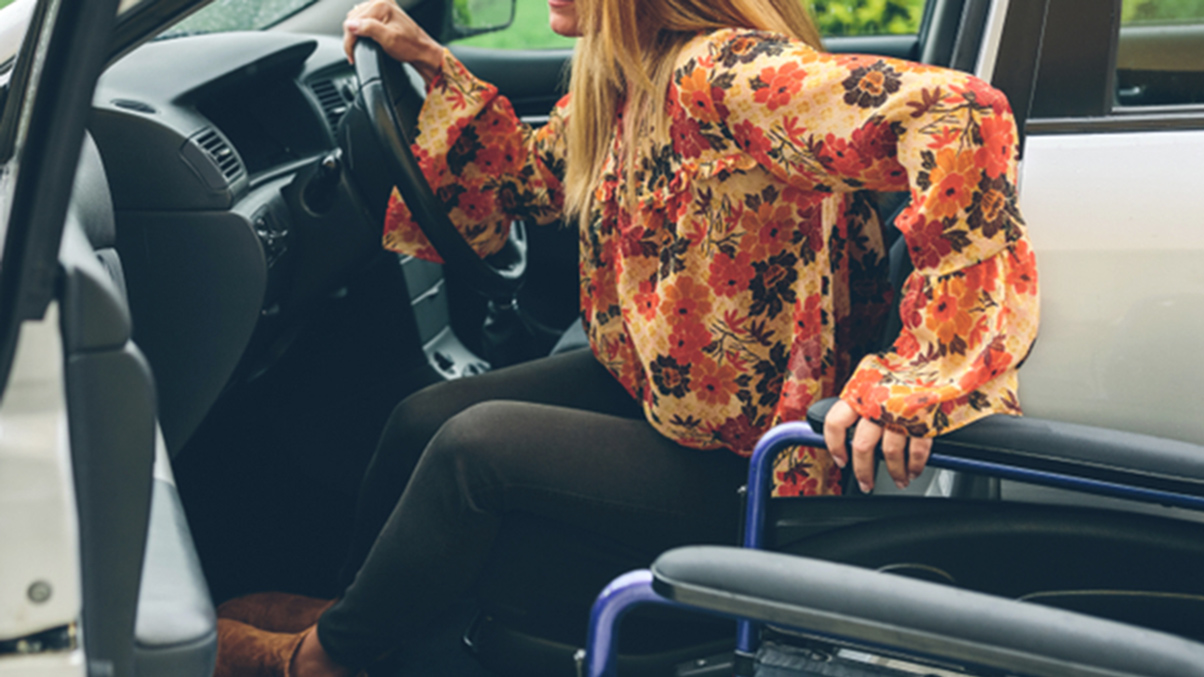Every 17 minutes, someone is killed or seriously injured on UK roads – a staggering statistic. In the personal injury claims that follow, understanding how the collision occurred and, crucially, whether the outcome could have been different requires a highly complex forensic examination by an expert in collision investigation.
In this article, legal director Rebecca Hill and senior paralegal Salma Habib speak to forensic collision investigator Gary Luther from collision investigation and training company AiTS to gain insight into his experience in this highly specialist field. Collision investigation can be crucial in piecing together what caused a collision and whether someone was at fault. This is particularly important where the claimant has died or has no memory of the event as a result of their injuries.
The parties, experts and the court need to understand the position, movements and speed of any road users and pedestrians involved, their visibility of each other given the lighting and layout of the area, and whether they had the opportunity to react and take a different course of action. That’s a tall order, particularly if there is no video footage and all the evidence has been obtained after the event.
How did you become a private collision investigator, and was this an easy transition from your previous career?
For me, the transition ended up being fairly straightforward. Following military service, I worked for 30 years for Northumbria Police, where I became a qualified collision investigator and then senior collision investigator, running a unit of 12 investigators. I retired on a Friday and started work with AiTS the following Monday.
AiTS is a private company that partners with De Montfort University to offer degree-level collision investigation qualifications. The company was established in 1996, so almost all collision investigators in England, Wales or Ireland will have completed one or more of their qualifications with AiTS. Initially, I lectured on the company’s University Certificate of Professional Development in forensic road collision investigation (a course which covers the fundamentals used in collision investigation) before moving into civil reconstruction work, which is now my full-time role.
The biggest transition for me in moving into civil litigation was the difference in the burden of proof, ie from what I had been used to in the criminal world, “beyond reasonable doubt”, to “on the balance of probabilities”. The part of the report that deals with contributory negligence was rarely covered in criminal proceedings but is significant in civil cases.
How do you approach a new case to report on the evidence needed, and what particular challenges do you face?
Collisions are so varied, and no two jobs are the same.
After an initial approach by an instructing solicitor, we run the parties’ names and location through our conflict database before accepting the job. There are four of us in the company doing expert witness work, and as we accept both claimant and defendant work, we do occasionally find potential conflicts.
Once we have received formal instructions and the bundle arrives, we go through the evidence at an early stage to make sure things like video footage opens, that there are JPEG images rather than PDF images, and to see whether laser scan data is available. A laser scanner is sometimes used by police to create a detailed 3D model of the scene to preserve the evidence. Often, a statement may mention a piece of evidence that the police have not supplied. Getting hold of these things at an early stage avoids delays when we come to start the full report.
Where possible, I like to visit the scene. I have lost count of the number of times I arrive at a scene to find that it looks totally different from the photographs supplied. For example, where the collision occurred on a hill, the photographs don’t show just how steep the hill is.
At the scene, I always photograph and video the approach for all parties involved and record the scene electronically. This is one area where the technology has changed rapidly and become more expensive. As well as GPS survey equipment, we carry laser survey and photogrammetry equipment capable of producing 3D scale models of the scene as well as 2D plans.
Not all jobs require a vehicle examination, but when they do, we can often be found in or under vehicles, examining components for signs of failure or wear. The information obtained from damage profiles can be extremely useful when trying to work out the mechanics of any collision.
Increasingly, it is possible to download the vehicle’s event data recorder. Where downloadable, the information extracted can include wheel speed, braking, throttle position, etc, for five-seconds pleading up to a collision and immediately afterwards. I carry two pieces of equipment to complete such downloads, a Bosch crash data recorder and a further one produced by Collision Sciences in Canada. Both have a database of downloadable vehicles.
In virtually every investigation these days, we see video evidence, whether CCTV from the wall of a private house, a video camera on a doorbell or a camera mounted on a pole as part of a council CCTV system. Add to that dashcam footage and, most recently, in-car camera systems, and you can see there has been a steep learning curve to gain sufficient expertise to analyse video footage accurately for speed. There are probably 10 or 12 different methods of establishing speed from CCTV available to us, and the forensic software needed for some of these is expensive but necessary. One of the most popular courses we run as a company is analysis of CCTV. Craig Dawson, who has developed the courses at AiTS, is one of the UK’s leading experts in the field.
One of the most frustrating things I find is failing to get hold of evidence you know has been captured in a criminal investigation. Nothing is more frustrating than seeing a photograph of a laser scanner at the scene and being told by the police disclosure team that no scan data is available. A phone call to the collision investigation unit can still be useful to find out if a particular piece of data is available. If so, a second approach can be made through the appropriate channels.
Can you discuss any unusual investigations you’ve been involved with?
The most unusual probably comes from my policing days and occurred on the A69 trunk road between Newcastle upon Tyne and Carlisle. Just west of Haltwhistle, in Northumberland, the main rail line between Newcastle and Carlisle runs alongside the A69.
The incident occurred when a Land Rover left the carriageway and collided with a train travelling east between Carlisle and Newcastle. Thankfully, the train was a maintenance unit rather than a passenger train and was in the process of lifting rails at its front end and laying new ones from the back. The train cost something like £1.5m to hire, so there was some urgency to the investigation. Tragically, as a direct result of the collision, a rear-seat passenger in the Land Rover sustained a life-changing brain injury.
The driver claimed she was forced off the road by a third party who did not stop. The driver was suspected of using their mobile phone at the time or immediately before the collision.
The driver was charged with causing serious injury by dangerous driving but was found not guilty to the criminal standard of proof. In the subsequent civil proceedings, however, the claim against the driver was successful on the balance of probabilities.
This was the first time, as a police officer, that I saw how the two systems worked, and it was probably the first time I considered anything that happened beyond the criminal conviction. It is so fundamental that the role of the civil courts is now embedded into our initial police training courses.
In complex cases, it can be important for the lawyers and the team of experts to work collaboratively. What has been your experience of this?
I worked on a case that settled recently where, during a road traffic collision, the rear nearside seat passenger was ejected from the vehicle despite their claim that they were correctly wearing a three-point seat belt at the time.
My examination of the vehicle indicated that the rear nearside seat belt was locked in the worn position, and the belt displayed other evidence in the form of fabric burn, in keeping with having been worn at the time of the collision.
During a case conference, the medical expert questioned how a belted passenger could be thrown from the vehicle. I had attended a course on kinematics and kept in contact with the instructor, who was able to give examples of how this may have occurred.
Kinematics is a specialist subject, and we are excited to have a kinematics expert joining the AiTS team in April. Caryn Urbanczyk is a biomechanical engineer who completed her PhD at Imperial College, London, working with the British rowing team. She has been involved in civil litigation in road traffic collisions in the United States for the last seven years but has recently moved to the UK.
How is collision investigation changing with technological advances, and is this helping or hindering your work?
In two words: digital data. I have already talked about CCTV and event data recorders, but other areas are also changing fast. We have all got used to seeing a track from a Garmin or Wahoo cycle computer on Strava, Garmin Connect or Google Maps. Speed, distance and height change can all be read from the software but how accurate is it? The data is usually imported from a FIT file (effectively a GPS data file), which contains the raw data recorded by the cycle computer, but is the display true? How is the speed calculated, how accurate are the maps, and how accurate is the global navigation satellite system (GNSS) position on which the speed and distance are based?
It is all too easy to accept what we see displayed on a screen, but often the maps are not accurate, the satellite position is not precise, and the FIT file has been “interpreted”. Ric Ward has spent many years developing a digital data teaching module, including cycle computers, insurance telematics and tachograph data. Ric also specialises in pedestrian and pedal cycle collisions and, as part of his research, has staged over 200 live crashes into pedestrian dummies.
One of my areas of expertise is the examination of lightbulbs. Whereas careful examination of a traditional tungsten filament bulb can usually reveal whether or not it was illuminated at the time of a collision, many new cars now come with LED lights as standard. At the moment, we cannot tell whether an LED was on or off at the time of collision. Sheffield Hallam University leads the research into the newer types of headlamp illumination and runs training courses on the subject.
What impact do driver assist and autonomous driving features have on your work, and how might this change as autonomous vehicles become more common?
At the moment, the degree of automation allowed on UK roads is relatively limited; ultimately, it is the driver’s responsibility to control the vehicle.
Active brake assist can detect a potential collision, warn the driver of a possible collision and, depending on the action the driver takes, either assist them with their braking or, if they take no action at all, then apply autonomous braking. What is interesting is whether the very act of warning a driver of an impending collision is proof that the driver was not paying sufficient attention. I think I will leave that one to the lawyers. An important question is how much braking was the vehicle applying in such circumstances? Unless documented or stored in the vehicle systems, we do not know.
The Highway Code advises drivers not to rely on driver assist systems as they are there to assist, but the driver must not reduce their concentration levels. The code also highlights the dangers of drivers becoming distracted by vehicle systems such as sat nav, congestion warning systems, multi-media, etc. Looking at the size of the information screens in some modern vehicles, we are in for some interesting times.
What do you enjoy most about your work as an expert?
I thoroughly enjoy my role. It’s a terrible cliché, but it’s true, “no two days are ever the same”. As alluded to previously, we investigate many different types of collisions: collisions involving cars, motorcycles, pedestrians, large goods vehicles, buses, etc. You are always learning, whether from the incidents that I deal with, from the research I am constantly reading, from colleagues or from others that I come into contact with.
I also very much enjoy the travelling. I visit so many different places around the UK and liaise with so many people from different disciplines and backgrounds. It keeps life interesting.
You can find further information regarding our expertise, experience and team on our Personal Injury pages.
If you require assistance from our team, please contact us.
Subscribe – In order to receive our news straight to your inbox, subscribe here. Our newsletters are sent no more than once a month.

